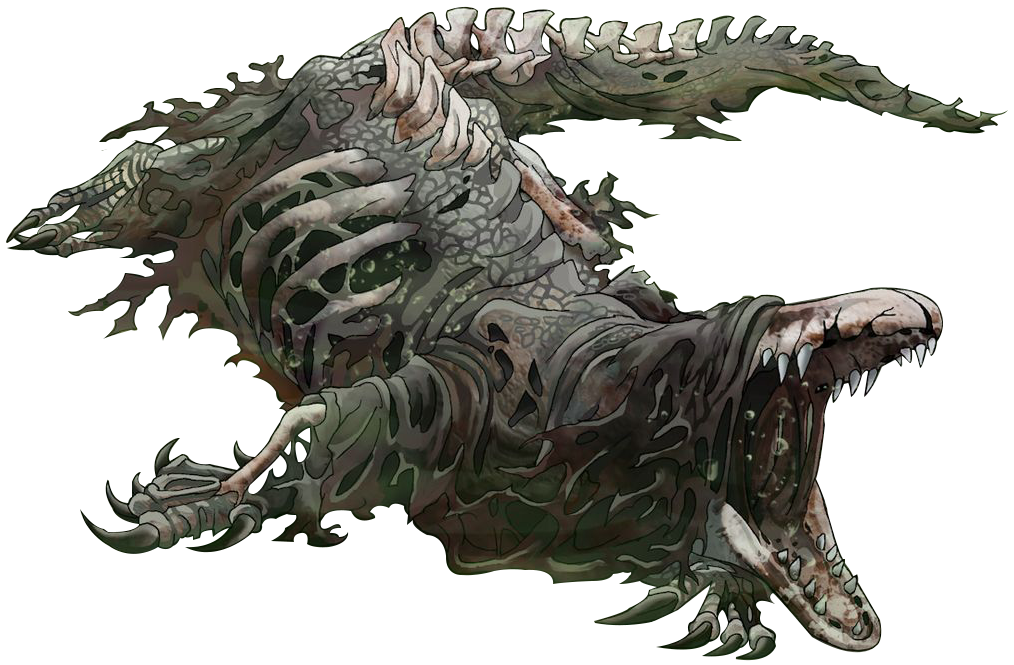Hi everyone, I am wanting to gradually make the switch from windows to Linux on my daily use desktop. I figured the best way would be to dual boot them. I have a spare drive in my desktop that I cleaned for Linux so I can have it on a separate drive from windows. Here the process I went through which ended up being unsuccessful. Removed windows drive, installed mint on seperate SSD, install was successful, installed steam and tried some games, shut down PC, put windows drive back in PC, PC wouldn’t boot to windows drive but was still booting to mint, went into BIOS and selected boot over ride to windows drive, still wouldn’t boot, created windows recovery USB, tried to fix boot in recovery mode, recovery media wasn’t able to fix boot, booted into mint, mounted windows drive and removed all the documents I needed to external drive, nuked windows and Linux drives and did a fresh install of windows.
Afterward, I googled how to do this properly. And the posts I found detailed basically the same process I did. I would like to try again but I don’t know what I did wrong and don’t want to have to go through that again.
Thanks.
PS. I have an extensive library in steam already. There’s several games that I have hours into and have friends that I play with, which is why I want to keep windows for the time being while I figure out how Linux gaming works.
EDIT: thanks for all the comments. It appears my problem was when I removed my windows drive from my PC when installing mint. I will try again and keep both drives in my PC. Thanks!
EDIT 2: UPDATE: I have successfully dual booted windows 10 and linux mint. After thinking about my problem for a while, i remembered an important detail. When I first built my PC, I had windows installed on a 120gb Kingston ssd. I then later purchased an M.2 and installed windows on there. That Kingston ssd is what i wiped and put linux on, so i’m thinking maybe the bootloader stayed on the kingston drive?? i’m not exactly sure, but after watching this video, I was confident that my original plan would work this time since i did a clean wipe of both drives and did a fresh install of windows on the M.2. I am now able to boot into windows 10 and Mint from the bios with no issues. Thanks everyone for your help.
SOLVED TLDR: you can dual boot windows and linux on 2 separate drives, and it is perfectly safe (and recommended in the video i linked) to remove the windows drive from the PC, while installing linux on another drive.
Just spitballing here, but if I read this correctly, you pulled the Windows drive, installed Mint, and then put the Windows drive back in alongside the Mint drive? If so, that might be the issue.
UEFI firmware looks for a special EFI partition on the boot drive, and loads the operating system’s own bootloader from there. The Windows drive has one. When you pulled the Windows drive to install Mint on another drive, Mint had to create an EFI partition on its disk to store its bootloader.
Then, when you put the Windows disk back in, there were two EFI partitions. Perhaps the UEFI firmware was looking for the Windows bootloader in the EFI partition on the Mint disk. It would of course not find it there. In my experience, Windows recovery is utterly useless in fixing EFI boot issues.
It’s possible to rebuild the Windows EFI bootloader files manually, but since you don’t mind blowing away both OS installs, I’d say just install Mint on the second drive while both of them are installed in the system, so the installer puts the Mint bootloader on the same EFI partition as the Windows one. With the advent of EFI, Windows will still sometimes blow away a Linux bootloader, but Linux installers are very good at installing alongside Windows. If it does get stuffed up, there’s a utility called Boot-Repair, that you can put on a USB disk, that works a lot better than Windows recovery.
Dang, I was unsure if Linux would mess up my windows drive, that’s why I took it out. But I guess I was wrong. So, if I’m installing Linux on a separate drive, during installation do I need to select (install along side windows) or is that only if it’s on the same drive as windows?
Keep the Windows drive plugged in while installing Mint so grub can detect it and you’ll have a Windows option in grub.
I just finished doing this a few minutes ago and I had better luck. I left my drives plugged in. Booted to mint USB. Made sure I knew which drive was the empty one using the Disks app. Ran the installer and chose the option to erase disk instead of alongside. Set my BIOS to boot from new disk, and grub let’s me choose between windows and Linux.
My laptop on the other hand, was not a good time. It shipped using the raid controller, so mint couldn’t see the second drive. And windows freaked out at the change of disk controller and I couldn’t recover. 2 operating system installs for the price of one 🫠
I appreciate the response and time to test his yourself. I will try again without removing my windows drive. That’s too bad for your laptop tho. I didn’t realize that laptops would ship with raid. Is that common now?
Sorry, that I’m not certain of, since that’s an installer-specific thing. I think I’d try that option first, and see if the installer lets you choose the empty drive.
There’s no need to do all that. Here’s how to do it the old way, which works perfectly and will not cause you a problem:
Turn off bitlocker
If you’re gonna dual boot off the same drive, shrink your windows partition in disk manager so there’s enough space for Linux.
Boot your Linux install media
Go through the process like normal, but be sure to choose where you want to put Linux. In a lot of em the option to pick is “install alongside windows”.
It just works.
You will have a problem sometimes where a windows update deletes the bootloader that lets you pick between Linux and windows, resulting in you booting straight into windows with no choice. People say a lot of things about how to prevent this, but the better solution is to know how to fix it. Your distribution will have instructions just search “fix grub”. Usually the solution is to boot a usb and run some command. The command is slightly different depending on the distro.
A person I know has it written in sharpie on her recovery usb.
Eventually your friends will puke on the kitchen floor. Rather than try to keep it from ever happening, just keep a mop and bucket in the closet like a normal person.
Anyway if you have any questions lmk.
Thanks for the response. That is really helpful. I am going to try again and hopefully it will work better this time.
If you want to know what choice to pick at some point in the process, tell me your windows version and Linux distribution and I’ll mock it up in a vm and see what happens.
That’s very generous. I was planning on using windows 10 and Linux mint. But I was doing some research and it seems like bazzite is more focused towards gaming and I wasn’t sure if I should use that instead of mint.
It doesn’t matter what you pick, there’s so much to learn and so much grass is greener thought process going on that barring a irl group to conform to or workplace requirement you’re gonna try a million different things before you figure it out.
If you use mint, the step you need to pay attention during and read instructions for asks if you wanna “install alongside windows”.
Just make sure you recognize the drive/partition you want to use and if you don’t, take note of the way the installer describes them and figure out which one is which.
If you decide to go with bazzite I can check out how that one presents the choice too.
That’s good to know. I would prefer using mint because I’ve been using it in my laptop for a while now and I’m comfortable with it. I really appreciate your help and time answering my questions. I will try dual booting again this weekend.
Thanks for your help with my problem. I ultimately decided to retry my method due to a video I found detailing the method and it worked. I updated my OP to include more details if you wanna read what I did. But I did successfully dual boot onto 2 separate drives.
I think you could have kept the Windows drive installed while installing Linux as long as you were careful not to let the installer touch that device. But regardless, ideally you would run os-prober from Linux and let it update Grub with an entry for Windows (some Linux installers do this automatically). Then you would be able to choose the OS from the Grub menu during boot.
All the tutorials say to remove every drive but the one you are installing on, it’s better to be safe, or so I thought…
And I didn’t know about OS prober. I figured that if the OS’s are on seperate drives I could just enter bios each time and select the drive I want to boot to.
You can but grub is easier
You can definitely use the bios to boot into each one as well. I’m not sure why that didn’t work for you.
Windows doesn’t play nice with Linux that means you always install Linux last as Linux does play nice with windows.
When windows updates it can totally break grub as it tries to flush out anything other than windows by default.
If you use separate disks there shouldn’t be any issues.
Out of morbid curiosity I just installed Windows 11 on a spare ssd alongside my main Fedora install. All I had to do was re-add the Fedora disk to first in the boot order and rebuild the grub config with os-prober enabled to add the windows install to grub
No issues apart from Windows 11 being horrible
yeah that works totally it’s more the windows installer doesn’t respect the Linux install so if you don’t know how to do that how to do that with grub your screwed
When you say removed drive do you mean physically took it out of the PC. I have no idea why that would matter but I never did that step. All I did to dual boot mint & win 11 was put in an extra SSD and put mint on it. Now when ever I boot I can choose mint or windows before anything.
Yes, I physically removed my windows drive from the PC.
could be wrong but I think that’s the problem. I was always told do windows first so if you remove the windows drive you don’t really have a windows drive anymore so the install is wrong/buggy or whatever. Keep both drives in and do windows then linux
Did you plug the drive back into the exact same slot? If you switched them around that could be the issue.
update-grubBest thing is to follow a recent youtube video
(if your GPU doesn’t work in Linux mint try updating the kernel)








